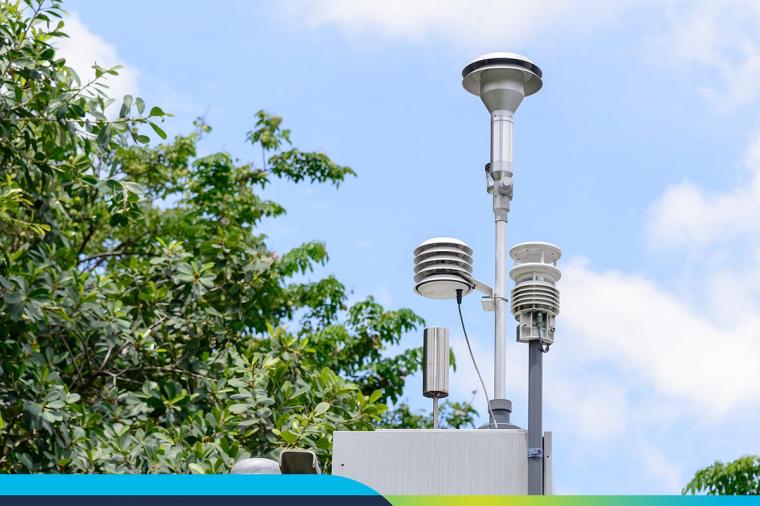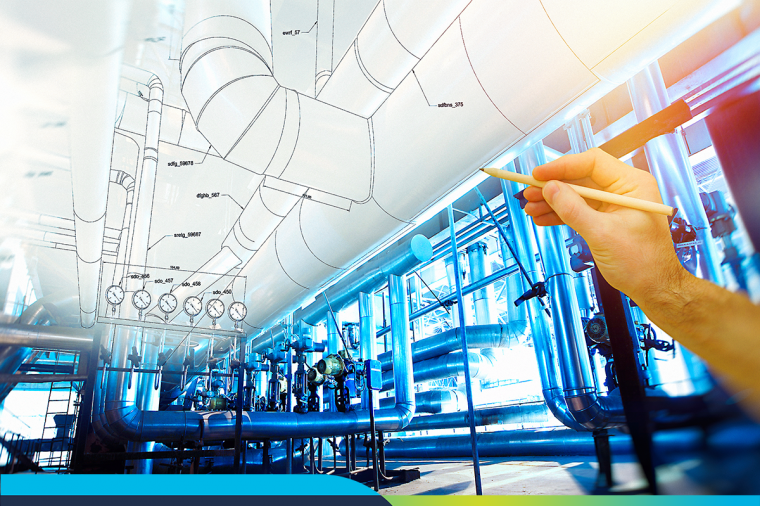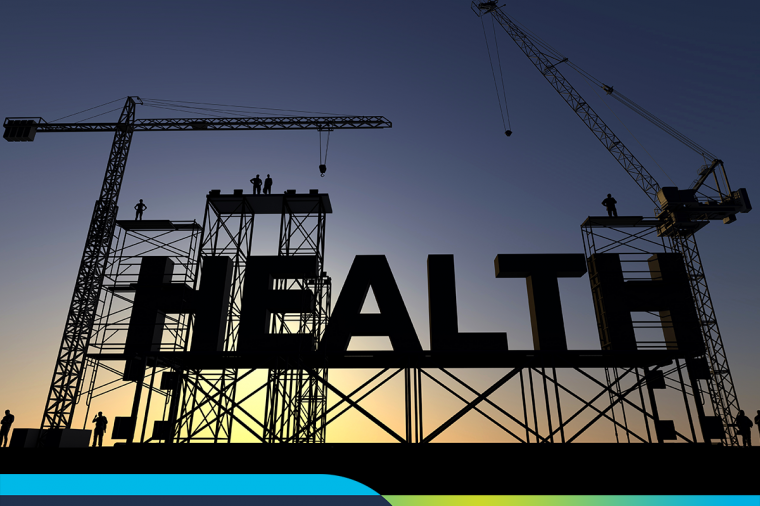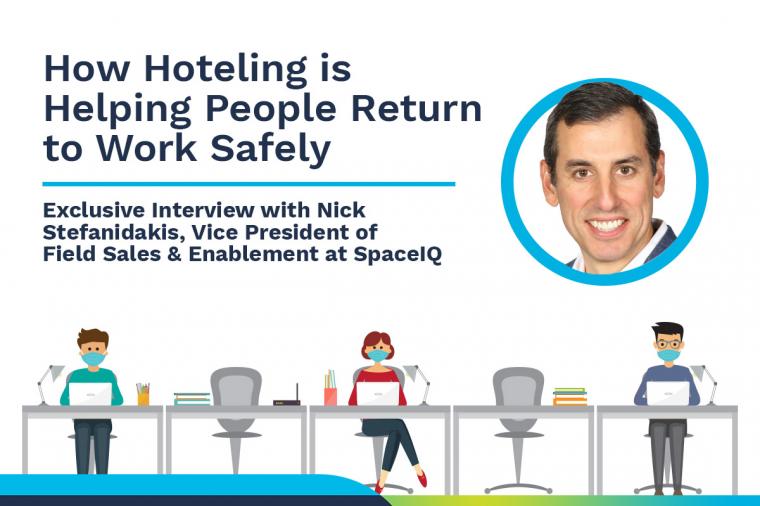
Out of sight, out of mind. It’s all too easy to forget about asset maintenance when the assets themselves aren’t right in front of you. During the COVID-19 pandemic, this became more evident as employees went home and logged into a virtual workplace instead of coming to a physical space.
Servicing the copy machine isn’t top-of-mind when it hasn’t been touched in months. Likewise, your attention is probably more focused on coordinating distributed teams than it is on HVAC upkeep. But just because they are not present doesn’t mean businesses can skimp on asset maintenance.
Assets big and small deserve proactive attention—even during a pandemic. Preventive maintenance is a key driver of extending the life cycle of your assets and limiting expensive replacement costs. When it comes time to use the copy machine or rely on a forced air system again full-time, proper maintenance prevents future headaches.
Asset Considerations
The level of asset maintenance depends on the asset in question. There is a big difference between the copy machine and a comprehensive HVAC system. Divide assets into groups and determine the type and frequency of maintenance they demand.
- Facility: Mechanical, HVAC, elevators, lighting, plumbing, landscaping, equipment, etc.
- Personnel: Badges, PPE, communication devices, vehicles, etc.
- IT/Office: Desktop computers, laptops, printers, copiers, software licenses, etc.
There are varying degrees of maintenance frequency, intensity, and cost. Put these into perspective as you develop a schedule that keeps asset maintenance front and center. Create a preventive maintenance schedule so you know when maintenance workers will be performing these services.
Automate Maintenance
As asset maintenance needs arise, find ways to automate. Document maintenance history to enable performance analysis. Look for patterns in service records and institute process changes to remove obstacles.
One example is to maintain a lean parts inventory. Shipping delays may prevent maintenance teams from getting the components they need for even basic fixes. The longer tasks go unresolved, the larger the backlog becomes. Analyze your resource usage to optimize part selection and allocation of equipment, materials, and personnel.
Return on Investment
The benefits of sophisticated asset maintenance are wide-ranging. There is, of course, huge cost benefit in preempting asset damage or failure. But there are also optimization cost benefits to consider. Take, for example, First National of Nebraska Inc., the largest, privately owned U.S. banking company. The organization showed a $120,000 annual gain in operating efficiencies via better asset and facility management.
Finally, there is the promise of efficient facilities when employees return to work. The ability to use the copy machine and the comfort of fresh, clean forced air won’t go unnoticed by employees eager to get settled back into their familiar routine. A focus on asset maintenance ensures these conveniences and more await them as they reintegrate into the workplace.
For more information about creating an effective maintenance strategy, contact DLT.

















































